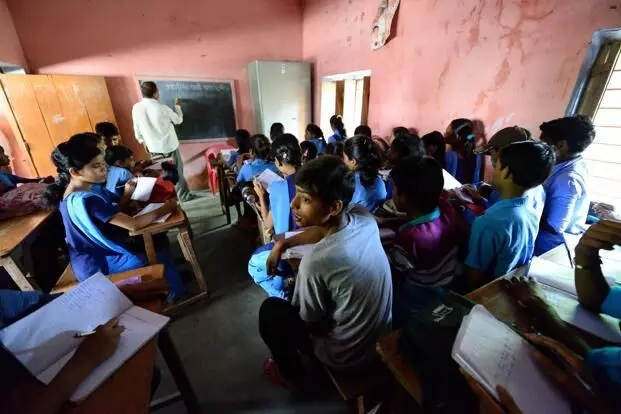Bihar’s Bold Step Toward Quality Education: A New Ranking System for Government Schools

In its continued effort to improve the quality of education in government schools, the Bihar Education Department has taken a decisive step by introducing a biannual school ranking system. Starting this year, all government schools across the state will be evaluated and ranked in November and March, with the aim of improving the overall development of students and refining both their academic achievements and social behavior. This move is a commendable one, signaling Bihar’s commitment to ensuring its students receive a well-rounded and quality education.
The role of teachers in shaping young minds has always been paramount, but the introduction of this ranking system places them at the center of a renewed focus on accountability and improvement. The department has issued a "Shikshak Margdarshika," a set of detailed guidelines on how teachers can contribute to making education not only excellent but holistic, ensuring that students don’t just succeed academically but also grow emotionally and socially.
The ranking system is designed to assess various aspects of school functioning. Separate forms have been created for primary/middle and secondary/higher secondary schools, each evaluating key areas such as teaching quality, resource utilization, cleanliness, co-curricular activities, grievance redressal, and hygiene. Together, these categories total 100 points, with the final scores reflecting the overall performance of schools. The rankings will also be included in teachers' annual evaluations, underscoring their importance.
This is a positive step in ensuring transparency and accountability in the education system. Ranking schools offers a structured way to assess their performance and motivates schools to improve in areas where they may be lacking. By publicly recognizing schools that excel, the system creates healthy competition and sets a benchmark for others to aspire to.
However, the success of this initiative hinges on its implementation. The principals and in-charge headmasters must ensure that every teacher and staff member is aware of the new guidelines. The education department's efforts won’t bear fruit if the rankings are treated as just another bureaucratic exercise. Schools need to take this system seriously, understanding that it is an opportunity to improve their educational environment for the benefit of their students.
While this system is a significant step forward, it also raises important questions about the challenges that schools might face in meeting these new standards. Schools in more rural or underfunded areas may struggle to meet the criteria due to a lack of resources, and there must be a concerted effort to support these schools, ensuring they aren’t left behind in the race for better rankings.
The Education Department’s focus on refining students’ social and emotional behavior, in addition to academics, is particularly noteworthy. This recognition that education is about more than grades is refreshing in a country where the system often prioritizes rote learning and examination results over the holistic development of children.
For this ranking system to succeed, it must be coupled with adequate support and resources for schools. Teachers will need additional training, infrastructure improvements, and access to teaching aids to meet the high standards set by the Education Department. Only by addressing these challenges can the initiative reach its full potential.
Bihar’s school ranking system has the potential to be a game-changer in the state's education landscape, driving positive change in the way schools are managed and how students are nurtured.
